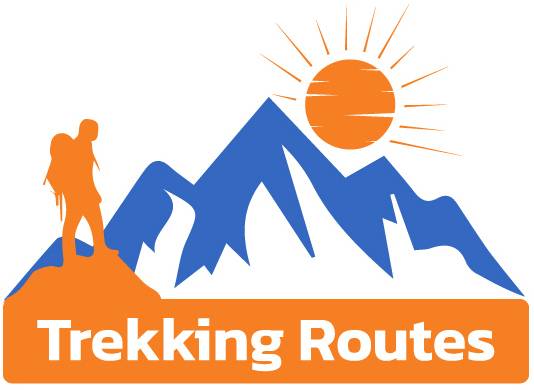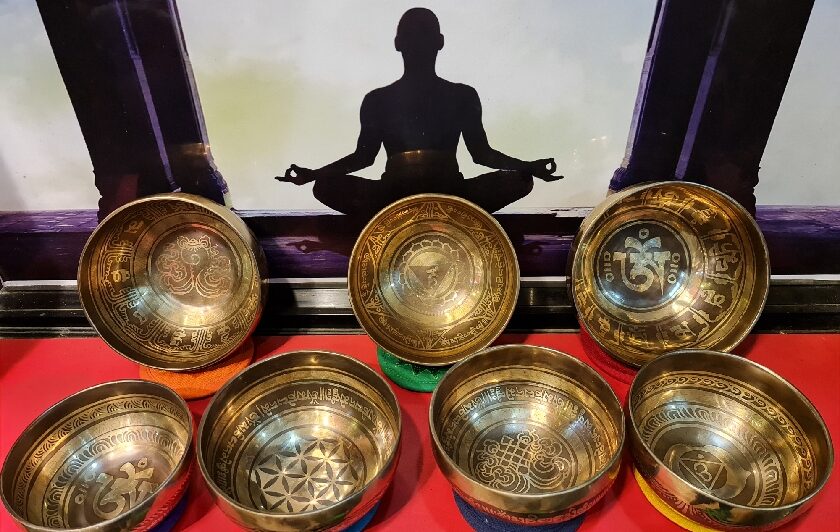Nepal trekking planner is your ultimate guide to exploring the majestic trails of the Himalayas. As the world’s premier trekking destination, Nepal offers unparalleled natural splendor and cultural richness. From the towering peaks of Everest to the serene landscapes of the Annapurna region, this country is a haven for adventurers seeking a unique and transformative experience.
This blog will help you navigate the essentials of planning your Himalayan trek. Whether you’re a first-time trekker or a seasoned hiker, our guide will cover everything from choosing the perfect route to preparing for the challenges of high-altitude trekking. Let’s embark on this journey together and uncover the magic that awaits Nepal’s legendary trails.
Why Trekking in Nepal is Unique
Nepal Trekking Planner offers a comprehensive guide to the breathtaking experiences that trekking in Nepal provides. Nepal Trekking Planner ensures that adventurers of all kinds can explore the diverse trails, from gentle, scenic hikes to challenging high-altitude expeditions. Whether you’re wandering through the lush rhododendron forests of Ghorepani or navigating the demanding passes of Everest Base Camp, Nepal Trekking Planner helps you make the most of each unique and rewarding journey.
What makes trekking in Nepal extraordinary is the cultural immersion it offers, and Nepal Trekking Planner emphasizes this aspect. You’ll pass through charming mountain villages, visit ancient monasteries, and witness the vibrant traditions of local communities like the Sherpa, Gurung, and Tamang. With the help of Nepal Trekking Planner, you can connect with the warmth and hospitality of the locals, enriching your trekking adventure.
The Himalayas’ majestic peaks, including Everest, Annapurna, and Langtang, dominate the skyline, creating awe-inspiring views. Nepal Trekking Planner ensures your trek goes beyond natural beauty, offering profound moments of connection with the landscape and culture. Combining cultural richness with spectacular scenery, Nepal Trekking Planner makes every Himalayan journey unforgettable.
How to Plan Your Trek
Planning your trek in Nepal involves careful consideration to ensure an unforgettable and safe adventure. The first step is choosing the right trek, which depends on factors such as difficulty, duration, and budget. If you’re new to trekking, routes like the Langtang Valley Trek might be ideal for shorter, moderate treks, while more experienced trekkers may opt for challenging expeditions like the Everest Base Camp Trek. Balancing these elements ensures you pick a trek suited to your fitness level and time constraints.
When planning, timing is key—the best seasons for trekking in Nepal are Spring (March-May) and Autumn (Sept-Nov). During these months, the weather is clear, with mild temperatures and stable conditions, making it perfect for trekking.
Navigating Nepal’s trails also requires a few essential permits, including the TIMS (Trekkers’ Information Management System) card, and conservation area permits depending on the region you’re trekking in. Some areas, like Upper Mustang, also require special passes to ensure your entry.
Lastly, packing for your trek is critical to a smooth journey. Essential items include sturdy hiking boots, layered clothing for varying weather, a quality sleeping bag, a first aid kit, and hydration gear. Proper preparation ensures your safety, comfort, and enjoyment on the trail.
Hiring a Guide or Going Solo?
When planning a trek in Nepal, one of the key decisions is whether to hire a guide or trek independently. Hiring a guide offers numerous benefits, particularly for those new to the region or trekking in high-altitude environments. Guides bring local expertise, ensuring you stay on the right path and helping you navigate any challenges, from altitude sickness to unexpected weather changes. Additionally, guides can enhance your cultural experience by sharing insights into local traditions and customs, while porters help carry your gear, making the trek more comfortable. This option adds a layer of safety and convenience, especially in remote areas.
However, for experienced trekkers seeking more freedom, trekking independently can be a rewarding experience. If you’re familiar with the routes and prepared for the challenges, trekking solo offers flexibility and a deeper sense of adventure. It’s essential to thoroughly plan, pack well, and understand the routes, weather conditions, and altitude risks before heading out alone.
If you’re unsure, opting for a reputable trekking agency like Trekking Routes is an excellent choice. With their professional guides, porters, and personalized services, Trekking Routes ensures a safe, enjoyable, and hassle-free trekking experience. Their knowledge of the region, commitment to safety, and excellent customer service make them a trusted choice for your Himalayan adventure.
Health and Safety Tips
Trekking in the Himalayas requires careful attention to health and safety, especially when it comes to acclimatization and altitude sickness. As you ascend, the air becomes thinner, which can lead to altitude sickness—a condition that affects many trekkers. Symptoms include headaches, nausea, dizziness, and shortness of breath. To prevent this, it’s crucial to acclimatize properly by taking rest days at higher altitudes and gradually increasing your elevation. Drink plenty of water and avoid overexertion, allowing your body time to adjust.
In addition to acclimatization, physical fitness, and training are essential. Preparing your body for the physical demands of trekking can make a huge difference. Focus on endurance, strength, and flexibility, especially for uphill and downhill walking. Regular cardio exercises, like hiking, running, and cycling, will help improve stamina and leg strength, ensuring you’re in peak condition for your trek.
Lastly, don’t overlook the importance of insurance. Travel and evacuation insurance are vital for covering unexpected medical expenses or emergency evacuations in remote areas. Trekking in Nepal often means being far from medical facilities, so having comprehensive coverage gives you peace of mind, knowing that you’re protected in case of illness or injury. With these safety tips, you’ll be well-prepared for a safe and enjoyable trek.
Cultural and Environmental Responsibility
When trekking in Nepal, it’s essential to practice cultural and environmental responsibility. Respecting local customs and traditions is a fundamental part of your adventure. The diverse communities you encounter along the trails, including Sherpas, Gurungs, and Tamangs, hold deep-rooted cultural values. Be mindful of local practices, dress modestly, and always ask before taking photos of people or sacred sites. Simple gestures, like greeting locals with “Namaste,” show respect for the culture and foster positive interactions.
Another critical aspect of responsible trekking is adhering to Leave No Trace principles. Nepal’s natural beauty is fragile, and sustainable trekking practices help preserve its landscapes. Carry your trash with you, avoid picking plants or disturbing wildlife, and stick to designated trails to prevent erosion. By minimizing your environmental footprint, you contribute to maintaining Nepal’s pristine environment for future trekkers.
Supporting local communities is also an important part of responsible trekking. Opting for homestays or using local services such as guides and porters not only enhances your cultural experience but also provides economic benefits to the people who live in remote mountain areas. This ensures that the revenue generated from tourism stays within the community, helping to sustain their livelihoods and preserve their traditions. Practicing these responsible travel habits helps make your trek more enriching while benefiting both the environment and local cultures.
Conclusion
Trekking in Nepal is more than just an adventure—it’s a journey through breathtaking landscapes, vibrant cultures, and the majestic Himalayas. From choosing the right trekking route to ensuring your health, safety, and environmental responsibility, planning is key to making the most of this once-in-a-lifetime experience. Whether you’re drawn to the iconic Everest Base Camp, the scenic Annapurna Circuit, or the serene Langtang Valley, Nepal offers trails for every kind of adventurer.
Now is the perfect time to turn your dream of trekking in Nepal into reality. Picture yourself walking amidst towering peaks, connecting with local communities, and experiencing the profound beauty of nature. With careful preparation and the right mindset, your Himalayan journey can become a memory you’ll cherish forever.
Let Trekking Routes be your trusted partner in making this dream come true. As experts in Nepal’s trekking industry, we ensure your adventure is safe, seamless, and unforgettable. From expert guides to personalized services, Trekking Routes offers everything you need to explore the Himalayas with confidence. Take the first step today—plan your trek with us and discover why Nepal is the ultimate trekking destination. The Himalayas are calling, and the adventure of a lifetime awaits!







0 Comments